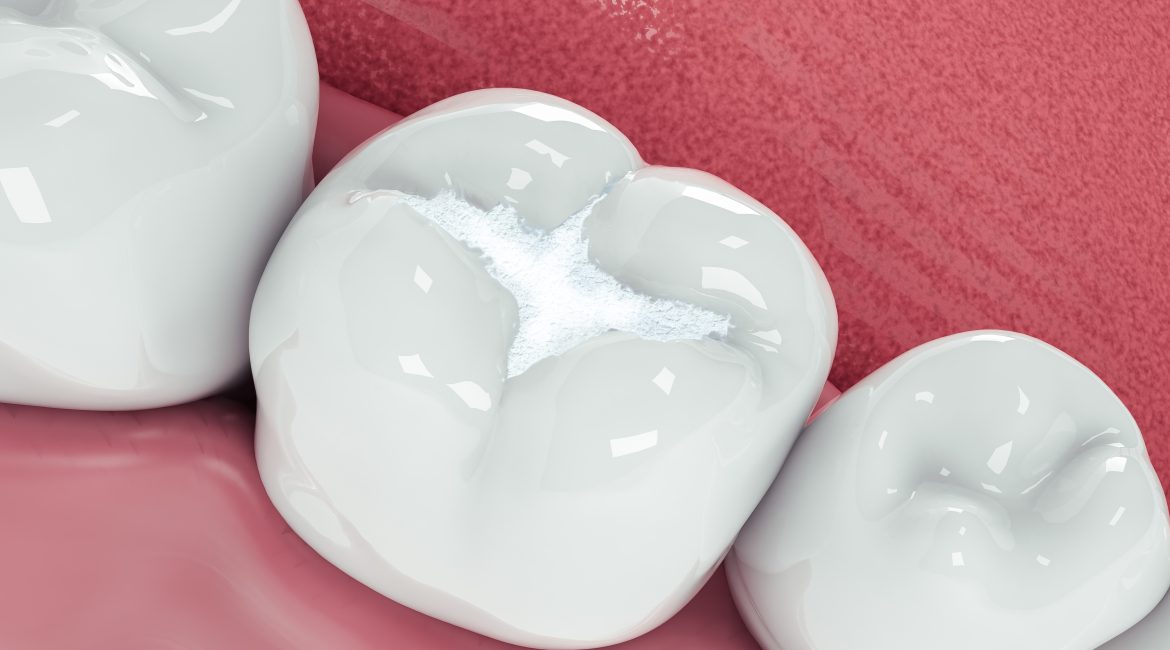Hey there, friend! Let’s chat about something that might not be on your radar but is super important for your teeth: dental sealants. You might have heard the term at your dentist’s office, or maybe it’s brand new to you, but either way, I promise it’s worth knowing about. Dental sealants are like a secret weapon in the fight against cavities, especially for those pesky back teeth that are harder to keep clean.
So, what exactly are dental sealants? Think of them as a protective shield for your teeth. They’re a thin, plastic coating that your dentist paints onto the chewing surfaces of your molars and premolars. This coating quickly bonds into the grooves of your teeth, forming a protective layer over the enamel. The primary job of sealants is to keep food particles and bacteria from getting into those nooks and crannies where your toothbrush might not reach as effectively.
You might be wondering, who are dental sealants for? The answer is pretty much everyone, but they’re particularly beneficial for kids and teens. Since cavities are more likely to develop in the grooves of the back teeth, getting sealants early can help prevent decay during those cavity-prone years. However, adults can benefit from sealants too, especially if they don’t have fillings or decay in their molars.
The process of applying dental sealants is quick, easy, and painless. First, your dentist will clean and dry your tooth. Then, they’ll put a special gel on the chewing surface to help the sealant bond to the tooth. After a few seconds, the gel is rinsed off, the tooth is dried again, and the sealant is painted on. Finally, the dentist uses a special blue light to harden the sealant. And that’s it! You’re good to go with your new layer of protection.
One of the best things about dental sealants is how effective they are at preventing cavities. Studies have shown that sealants can reduce the risk of decay in molars by nearly 80%. That’s a pretty impressive statistic! Sealants can last up to 10 years, but your dentist will check them during regular visits and can reapply them if necessary. They’re a great investment in your dental health, potentially saving you from more extensive and expensive treatments down the road.
But let’s not forget, while dental sealants are fantastic, they’re not a substitute for good oral hygiene. You still need to brush twice a day, floss daily, and visit your dentist regularly. Sealants are like an extra layer of armor, but you’ve got to keep up with your basic dental care routine to keep your teeth in tip-top shape.
If you have kids, talk to your dentist about when they should get sealants. Usually, it’s recommended to seal the first permanent molars around age six and the second permanent molars around age twelve. Getting sealants at these stages can help protect their teeth during the cavity-prone years of childhood and adolescence.
For adults, if you’re cavity-free in your back teeth, ask your dentist if sealants might be a good option for you. It’s never too late to add a little extra protection to your smile.
So, next time you’re at the dentist, bring up dental sealants. They’re a simple, cost-effective way to protect your teeth from cavities and keep your smile healthy. Here’s to happy, healthy teeth and fewer visits to the dentist for fillings!

